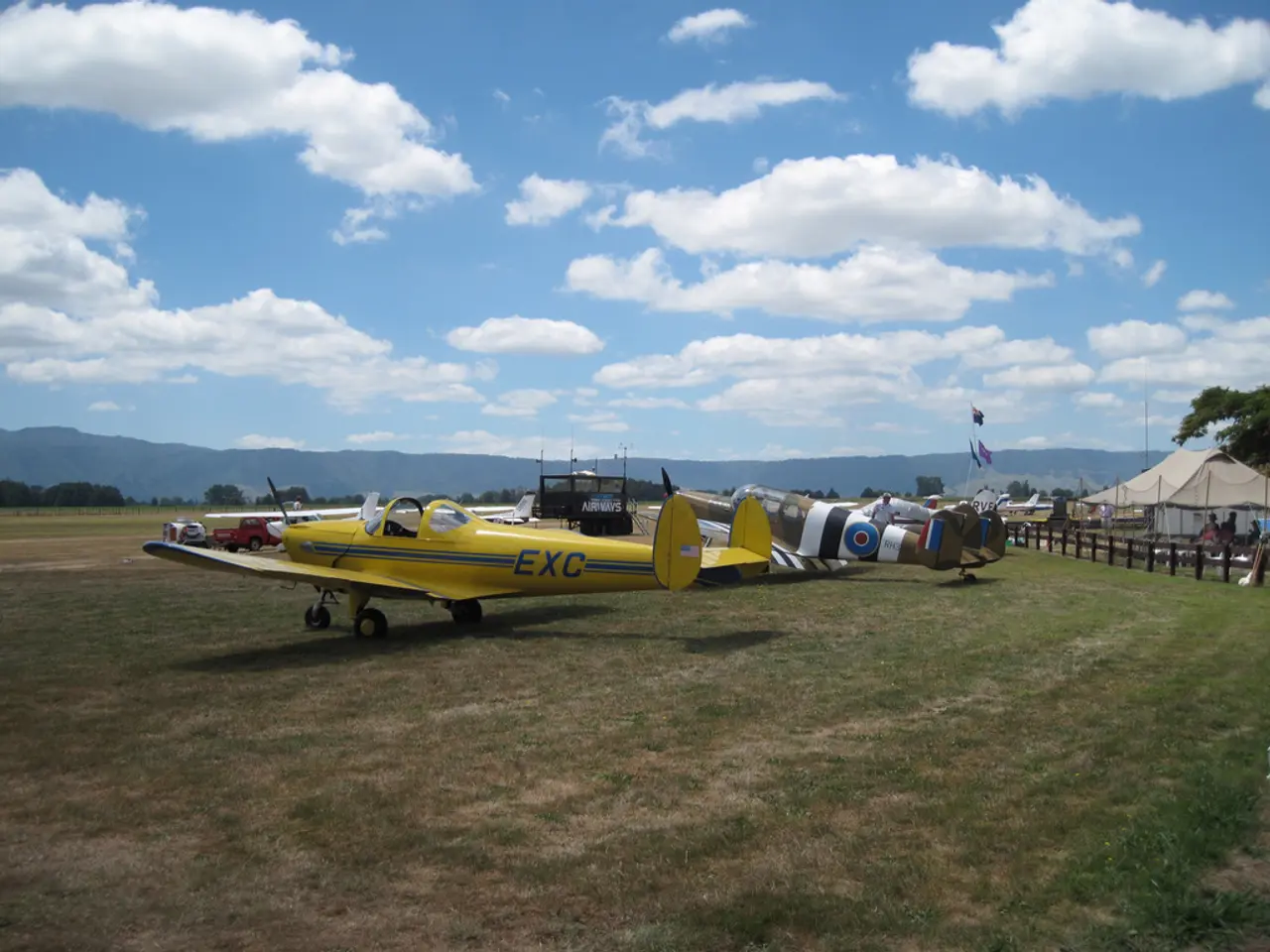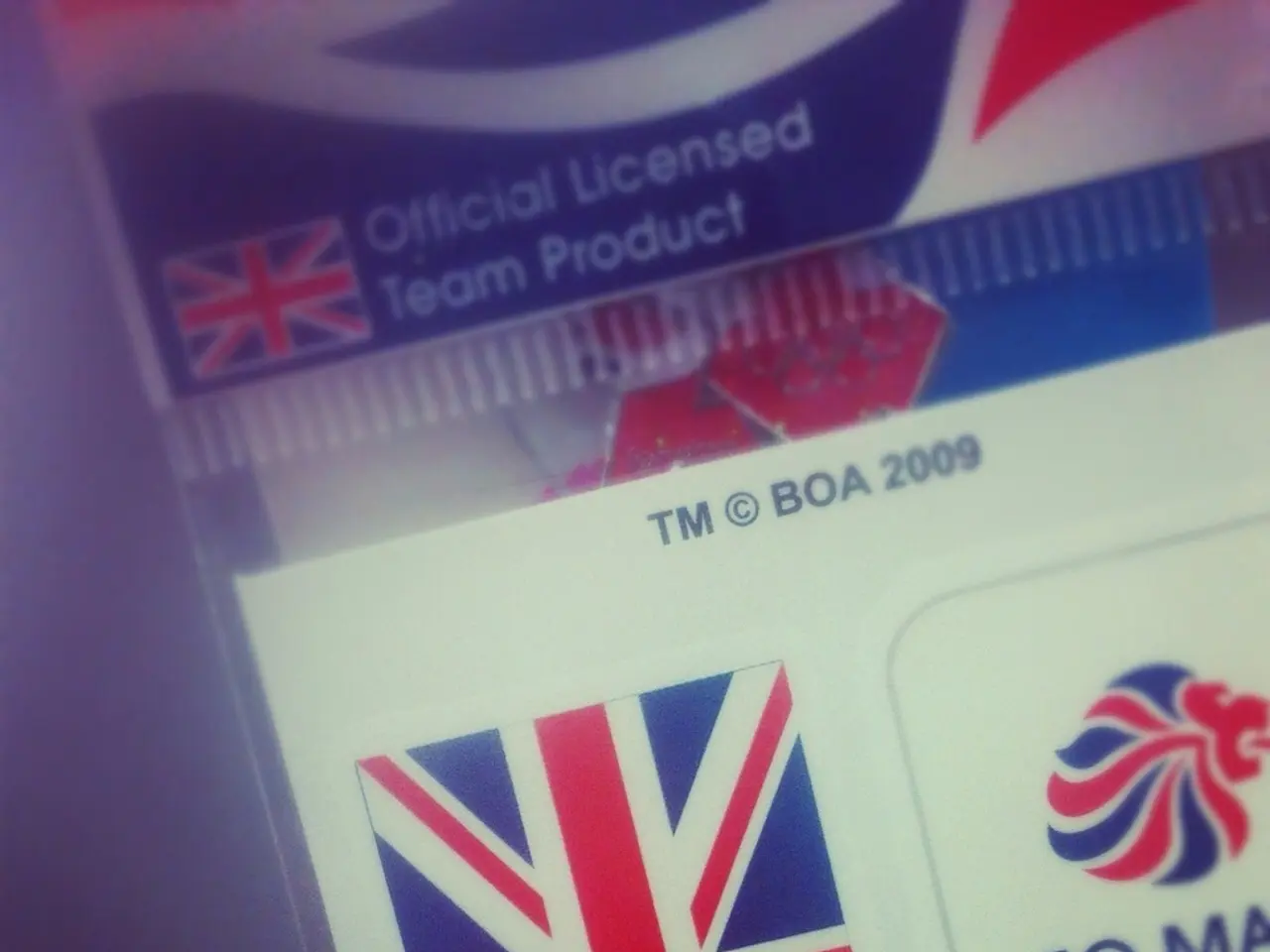European Aviation Safety Agency's (EASA) Drone Rules Established in 2019 (Regulation 947)
The European Union has introduced comprehensive regulations for Unmanned Aircraft System (UAS) operations within the EU. These regulations, which include EASA Regulation 2019/947, 2019/945, and U-space regulations (2021/664-666), establish key definitions and concepts related to UAS operations, stakeholders, operational categories, and safety measures.
1. Operational Categories of UAS Operations (2019/947):
The regulation introduces three main categories based on risk levels and operational characteristics. The Open Category covers operations with the lowest risk, not requiring prior authorization. The Specific Category encompasses operations with higher risk levels that require a thorough risk assessment, authorization, and adherence to specific operational limitations. The Certified Category applies to the highest-risk operations, similar to manned aviation standards, demanding certification of the UAS, operator, and remote pilot.
2. UAS Classes (2019/945):
The regulation defines technical UAS classes (e.g., C0 to C6) that meet different safety and operational requirements based on mass, performance, and capability. For example, Class C6 UAS requires advanced capabilities including programming flight path before take-off, controlling the drone within defined operational volumes, continuous monitoring of the command and control (C2) link with multi-level signal strength indicators, and independent and reliable flight termination systems.
3. Risk-based Approach (2019/947):
The regulations emphasize proportionate risk mitigation. Rules and procedures are adapted based on the nature and risk of operations, UAS characteristics, and operating environment factors. A risk assessment determines which category an operation falls into and what mitigations apply.
4. Stakeholders:
Stakeholders in UAS Operations include the UAS operator, who is responsible for the safe and legal conduct of operations, the remote pilot, who controls the UAS and is subject to training and competency requirements per operation category, authorities such as EASA and national aviation safety agencies that regulate, certify, and oversee compliance, and new U-space service providers that support safe integration of drone traffic in controlled airspace.
5. U-space Regulations (2021/664-666):
These regulations establish a framework for drone traffic management in Europe’s airspace, enabling safe and efficient integration of large-scale UAS operations. They define levels of services including identification, geofencing, flight planning, tracking, and conflict management, and facilitate cooperation between UAS operators, U-space service providers, and airspace users to maintain safety and airspace capacity.
6. Safety Measures:
Defined by operational category and UAS class, safety measures include predefined technical standards, risk assessments and operation authorizations for Specific and Certified categories, use of remote identification, geofencing, and automated safety systems, requirements for contingency and flight termination systems especially for higher-class drones, and clear labeling and information requirements to ensure user awareness of compliance and limitations.
In summary, these EU regulations provide a harmonized, risk-based framework for regulating UAS operations by classifying operations into categories, defining technical standards for UAS types, assigning roles and responsibilities to stakeholders, and mandating safety systems and operational restrictions proportional to the risk involved. The U-space regulations add the layer necessary for managing drone traffic safely and efficiently in European airspace.
Other important concepts include the Ground Risk Buffer, Contingency Volume, Ground Control Station (Command Unit), Direct Remote Identification, Geo-Awareness, Flight Geography, Stakeholders, External Systems, UAS Manufacturer, UAS Operator, U-Space Service Provider (USSP), Payload, Operational Volume, CAA/NAA (Civil Aviation Authority/National Aviation Authority), ANSP (Air Navigation Service Provider), C2 Link, Remote ID, External Services, Maximum Take-Off Mass (MTOM), Airspace Observer, Payload Operator, and C3 Link.
1. Authorization Requirements:
For UAS operations in the Specific and Certified Categories, prior authorization is required, which includes compliance with specific operational limitations and a thorough risk assessment.
2. Airspace Usage Planning:
When operating drones within European airspace, UAS operators must adhere to flight planning procedures, ensuring they avoid restricted zones and maintain a safe distance from manned aircraft.
3. Financial Considerations:
In operating UAS, financial responsibility is significant, as costs may arise from acquiring permits, regular maintenance, insurance, and staying updated with technological advancements.
4. Technology Requirements:
Technological advancements in UAS enable features such as remote identification, geofencing, automated safety systems, and contingency mechanisms, all of which contribute to enhancing overall safety.
5. Management Roles:
Management responsibilities in UAS operations extend to UAS manufacturers, operators, U-space service providers, air traffic control (ATC), and civil aviation authorities, all working synergistically to ensure compliance and safety.
6. General News and Awareness:
Staying updated on general-news pertaining to UAS regulation developments, technological advancements, safety measures, and financial applications is essential for maintaining a competitive edge in the industry and ensuring compliance with the evolving landscape of UAS operations.




